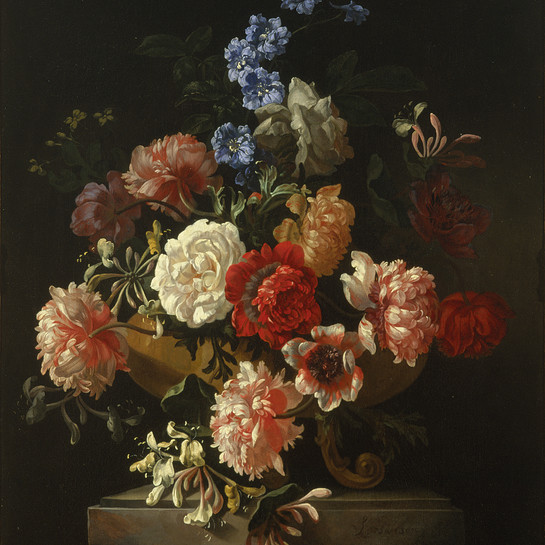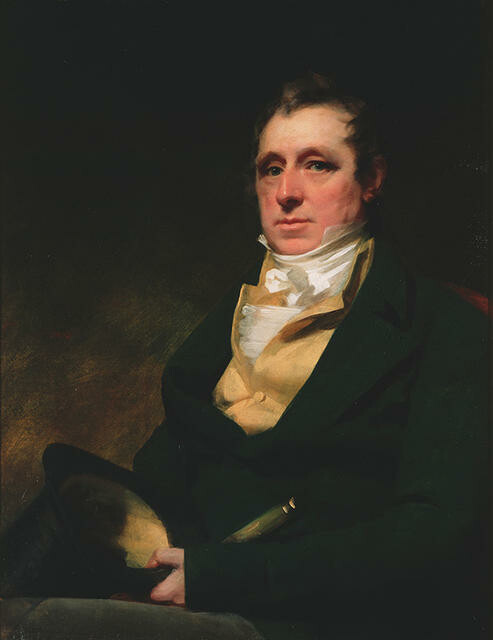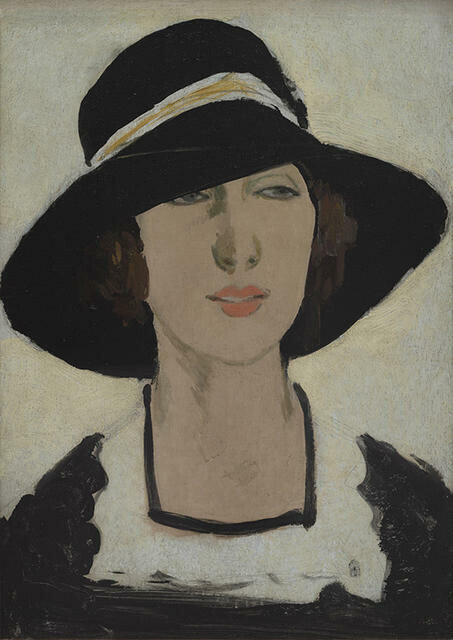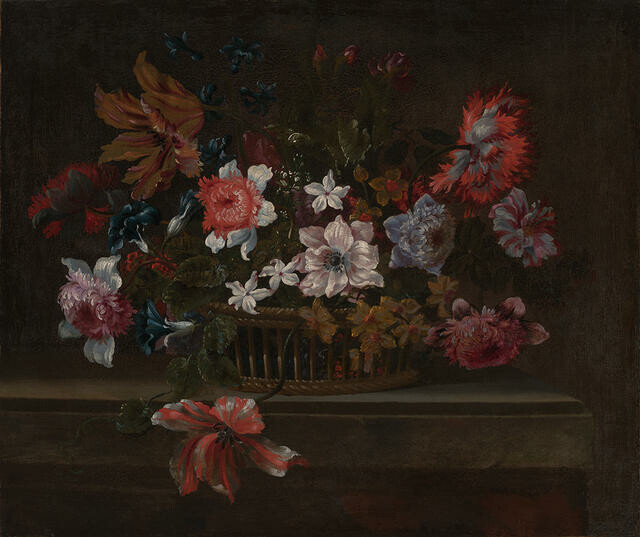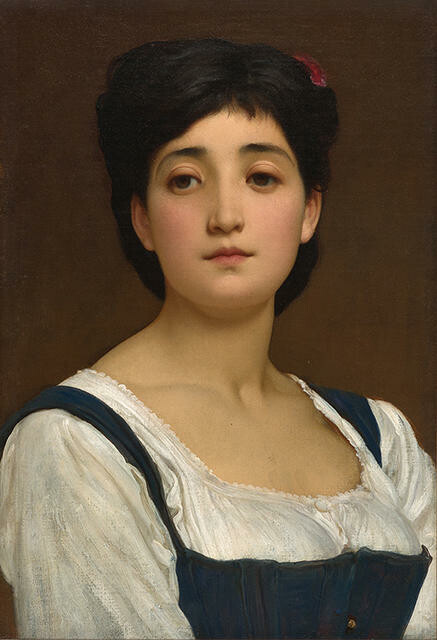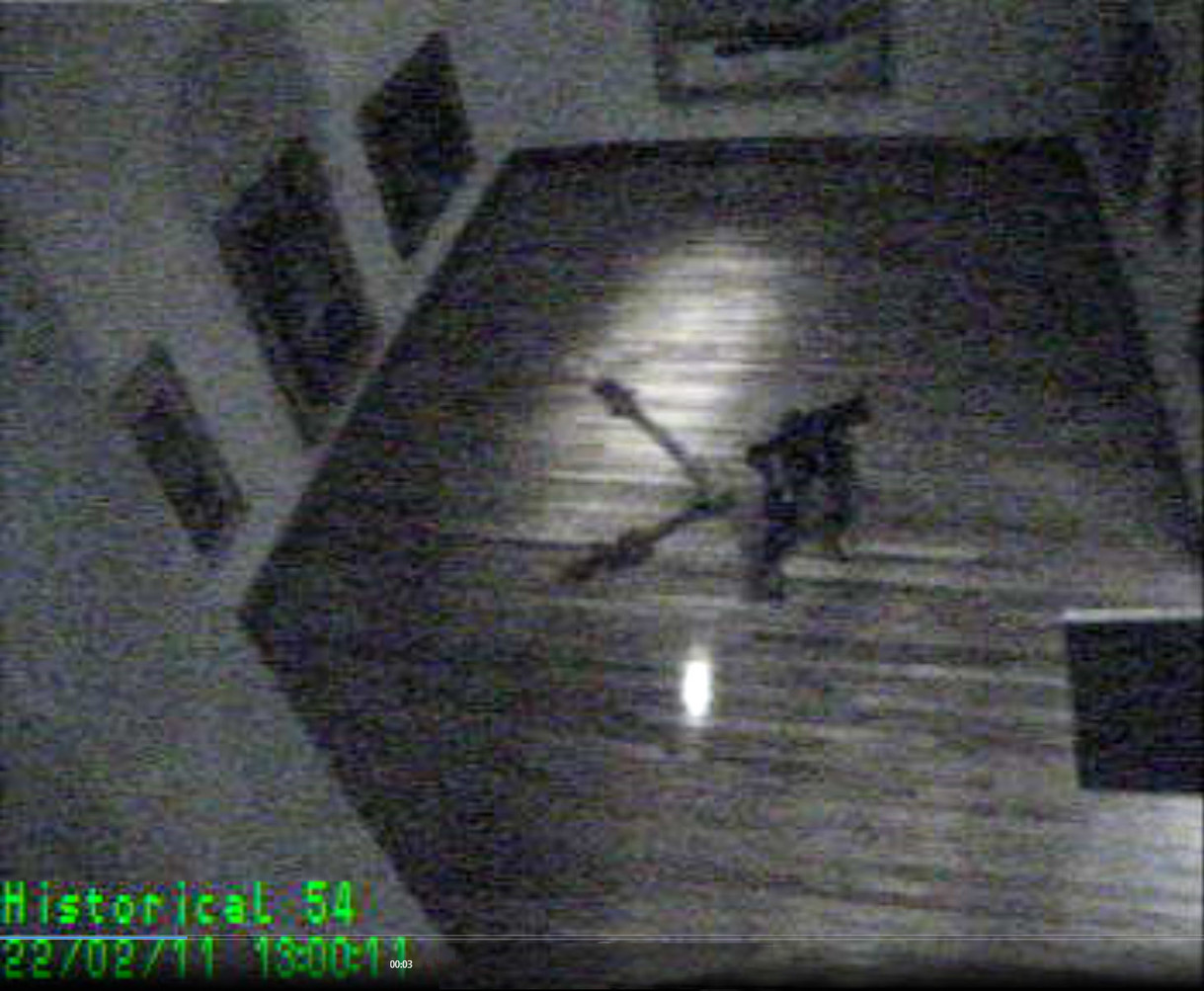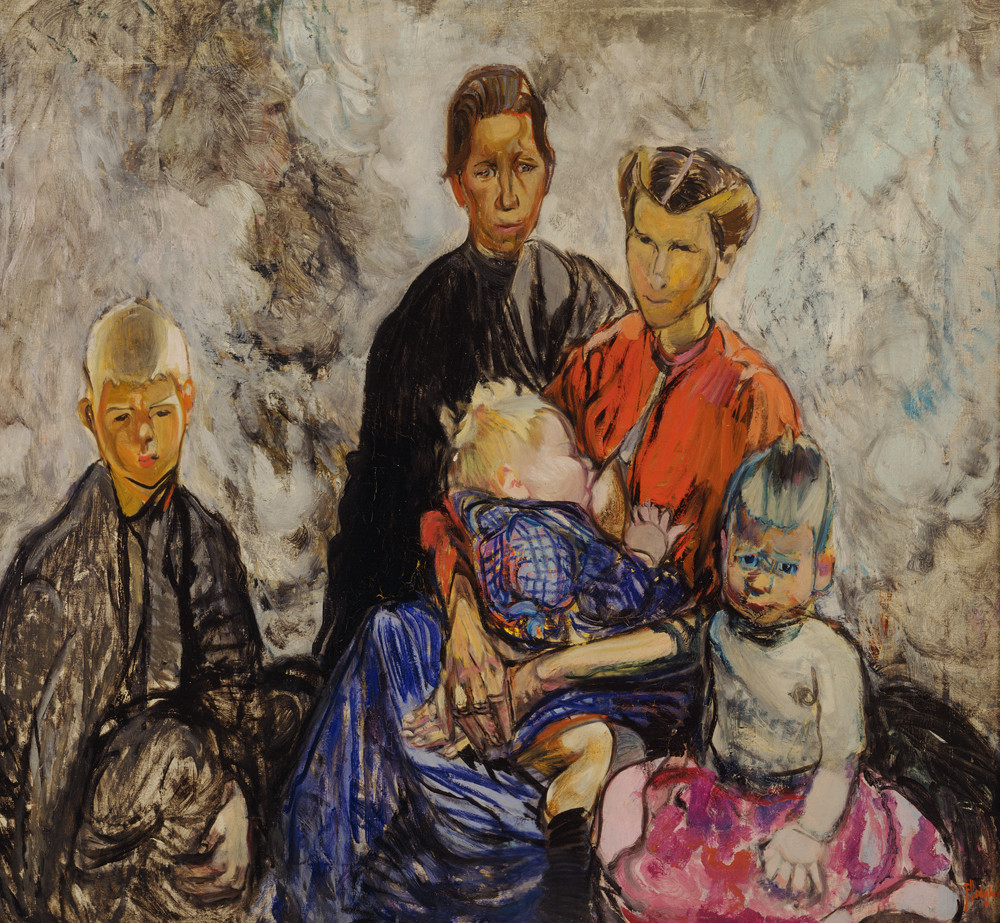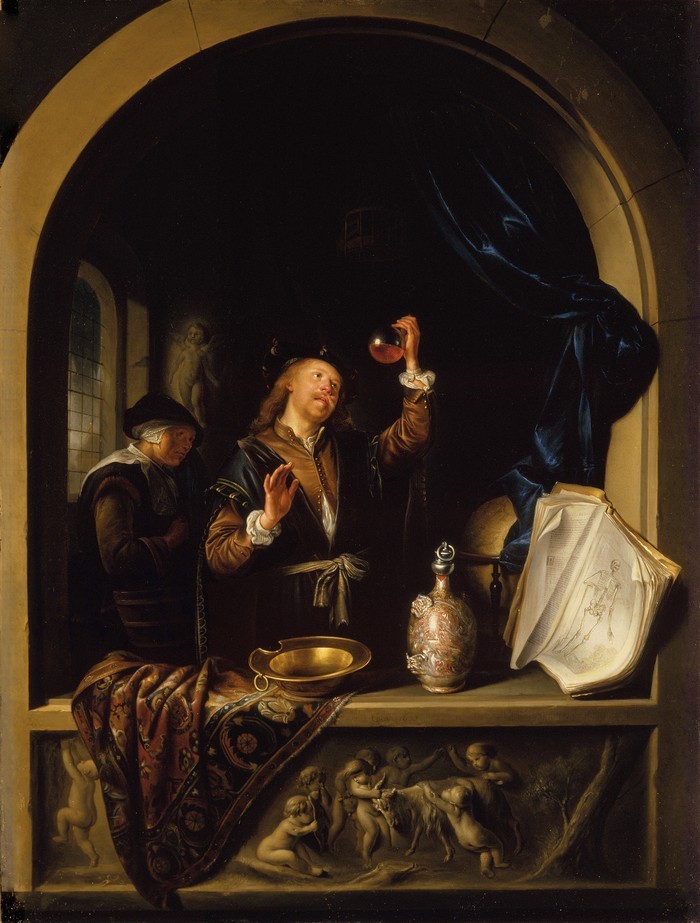Sir Henry Raeburn
Scotland, b.1756, d.1823
Brigadier-General Alexander Walker of Bowland
- 1819
- Oil on canvas
- Presented by the Walker family, 1984
- 1185 x 990mm
- 79/282
Tags: academicism, governors, hats, men (male humans), people (agents), portraits, soldiers, walking sticks
About the artist
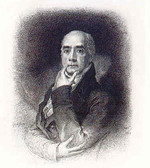
The 55-year-old Alexander Walker (1764–1831) and his wife Barbara (née Montgomery, 1770–1831) commissioned Scotland’s leading portraitist, Henry Raeburn, to paint their portraits in 1819. They had married eight years earlier; shortly after Alexander’s retirement from over thirty years’ service with the East India Company – mostly in India – and had two young sons. Alexander had one final Company role before him, that of Governor of St. Helena from 1823–28.
Two of their grandsons, William Campbell Walker and Alexander John Walker, immigrated to New Zealand in 1862 to farm in Canterbury; William later became Minister of Education. These impressive ancestral portraits were presented by descendants in 1984.
(Treasury: A Generous Legacy, 18 December 2015 – 27 November 2016)
Exhibition History
Sir Henry Raeburn was Edinburgh’s most celebrated portrait painter in his day, recording the images of most of the leading figures in the city at that time. Alexander Walker (1764-1831) had a distinguished military career in India with the East India Company, attaining the rank of lieutenant-colonel in 1808 and returning to Scotland in 1811. He married Barbara Montgomery in that year and lived at Bowland House near Galashiels, but was coaxed from retirement in 1822 to become governor of St Helena, with the rank of brigadier-general, and lived there from 1823 to 1828. Raeburn was the first Scottish painter to achieve an international reputation while remaining based in his native country. He was predominantly self-taught but Sir Joshua Reynolds (1723 -1792) was an early and important influence on his work. Born in Edinburgh, Raeburn's parents both died when he was six and he was put into an orphanage. In 1772 he was apprenticed to a jeweller and goldsmith and remained with him until 1778. He developed his artistic skills by painting miniatures. Raeburn soon graduated to painting full sized portrait works. He was an Associate of the Royal Academy and exhibited there from 1792 to 1823. He was knighted in 1822. (Label date unknown)
Raeburn, who made his reputation recording the images of the notable personages of Edinburgh, has here captured the commanding military presence of General Walker. He began his military life with the East India Company in 1780 and during the next thirty years established a distinguished career in India, rising to the rank of Major. He was decorated in 1897 for his service at the siege of Seringa Palm in Mysore and in 1802 was appointed political resident at the Raja's court at Baroda. After being Governor of St Helena 1823 - 1828, Walker retired to his estate in Scotland. The low viewpoint of the viewer emphasizes the personality and bearing of the man. Raeburn was renowned for his virtuoso handling of paint, which was often referred to as his 'square touch'. It is visible here in the direct gestural brushstrokes used for the shirt and cravat. (Label date unknown)
